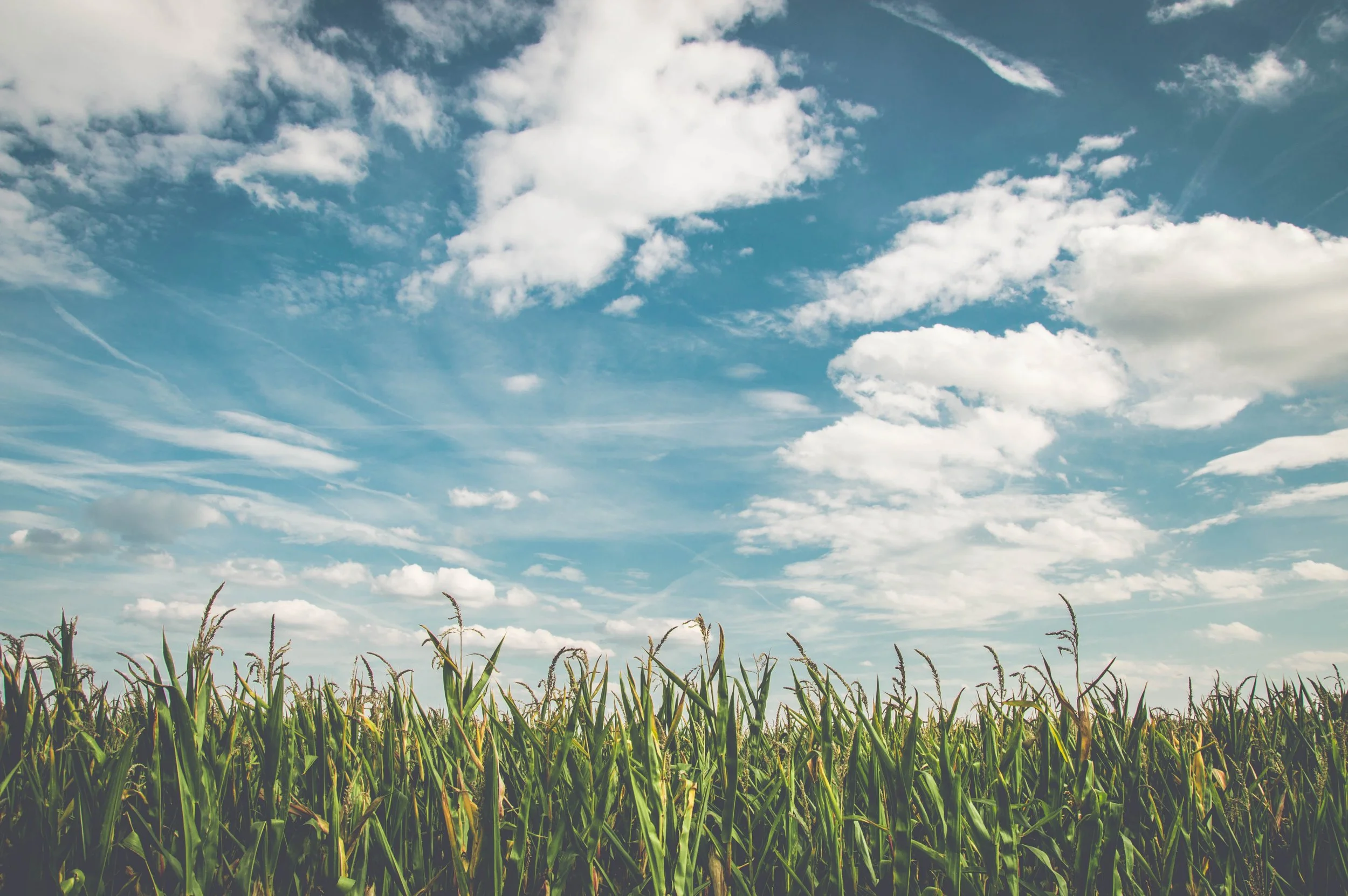Nutrient deficiencies on the rise as carbon dioxide levels climb
Nutrient deficiencies on the rise as carbon dioxide levels climb
Increased carbon dioxide levels are contributing to nutritionally inferior crops such as rice and wheat, potentially leading to nutrient deficient populations.
While the effects carbon dioxide have on climate change are surrounded by controversy, there’s no denying levels of the gas have increased in the atmosphere. Currently, every plant is exposed to around 30 percent higher CO2 levels compared to pre-industrial times—an increase which is instantaneous on a geological timescale and unprecedented in the history of the human species. As plants rely on carbon dioxide for photosynthesis, increased uptake is beneficial: at higher concentrations, CO2 diffuses into leaves more easily, enabling the plant to narrow stomata width and lose less water (transpiration). Reduced transpiration alters the soil moisture levels and changes the uptake rate from the soil—increased carbon dioxide levels leads to increased photosynthesis and reduced plant demand for the minerals in the soil.
Thus, increased CO2 in the atmosphere can alter the nutrient profile of the staple food crops millions of people around the world depend on. Experimental trials have shown food crops have 3 to 17 percent lower concentrations of protein, iron and zinc when grown under elevated carbon dioxide levels of around 550 parts per million. Researchers also observed declines in the B vitamins (thiamine, riboflavin, pantothenic acid, and folate). Folate—crucial for brain development in babies—was reduced by 30 percent.
Zinc, iron and protein are particular concerns for nutritional deficiency as humans worldwide derive the majority of these from plants: 63 percent of dietary protein, 81 percent of iron and 68 percent of zinc come from vegetal sources. Any reduction in nutrient density is unlikely to cause a perceptible increase in hunger, so people wouldn’t simply consume more—rather the prevalence and severity of nutritional deficiency would increase globally. A scary thought when current estimates already have over two billion people deficient in one or more nutrients.
175 million people could be zinc-deficient by 2050, with a further 122 million at risk of protein deficiency. Over one billion women and children currently lack a healthy dietary iron intake.
India is expected to bear the brunt of this nutrient deficiency, with 50 million set to become zinc deficient, 38 million at risk of protein deficiency, and 502 million women and children vulnerable to diseases associated with iron deficiency. Many countries in South Asia, Africa and the Middle East would also be significantly impacted due to the local diets heavily featuring rice; countries in Central and Western Africa that are more nutritionally reliant on maize, millet and sorghum would be low risk regions due to the little or no impact higher CO2 levels have on those crops. North America, South America and Western Europe would also face lower risk as diets heavy in animal-sourced foods don’t present the same concerns. This doesn’t mean these populations aren’t at any risk of nutrient deficiency; plants form the foundation of human nutrition and the base of virtually all food webs in nature. The herbivorous livestock on which the carnivorous diet depends will also be affected—we concern ourselves with the staple crops for human consumption, but the evidence shows every terrestrial plant is affected by higher carbon dioxide levels.
If we prescribe to the theory carbon dioxide is a greenhouse gas and is therefore contributing to global warming (which it is), there’s a further concern for the 815 million people currently chronically food-insecure and often malnourished. Every plant has a genetically-determined temperature range for growth, with rising temperatures predicted to reduce rice and maize harvests by 20 to 40 percent. This means those dependent on maize would suffer similar nutrient deficiencies by virtue of a lack of food, while those dependent on rice (the world’s most important crop) would doubly suffer—that’s two billion people worldwide.
Yes, carbon dioxide is plant food and more of it means a return to a greener, lusher planet. Those plants that can withstand the temperature increases are likely to grow bigger and faster as a result of increasing carbon dioxide levels—we’re currently expecting to reach 550 parts per million by the end of the century—but human health is the big loser. As we continue to pump 2.4 million pounds of carbon dioxide into the atmosphere every second, we’re sapping the nutrients in our major food sources and putting our health at risk in a scary new way.








In the United Kingdom, the United States, and Australia, one in five women will experience sexual violence in their lifetime but 95 percent of survivors don’t report their experiences. Not officially, anyway.